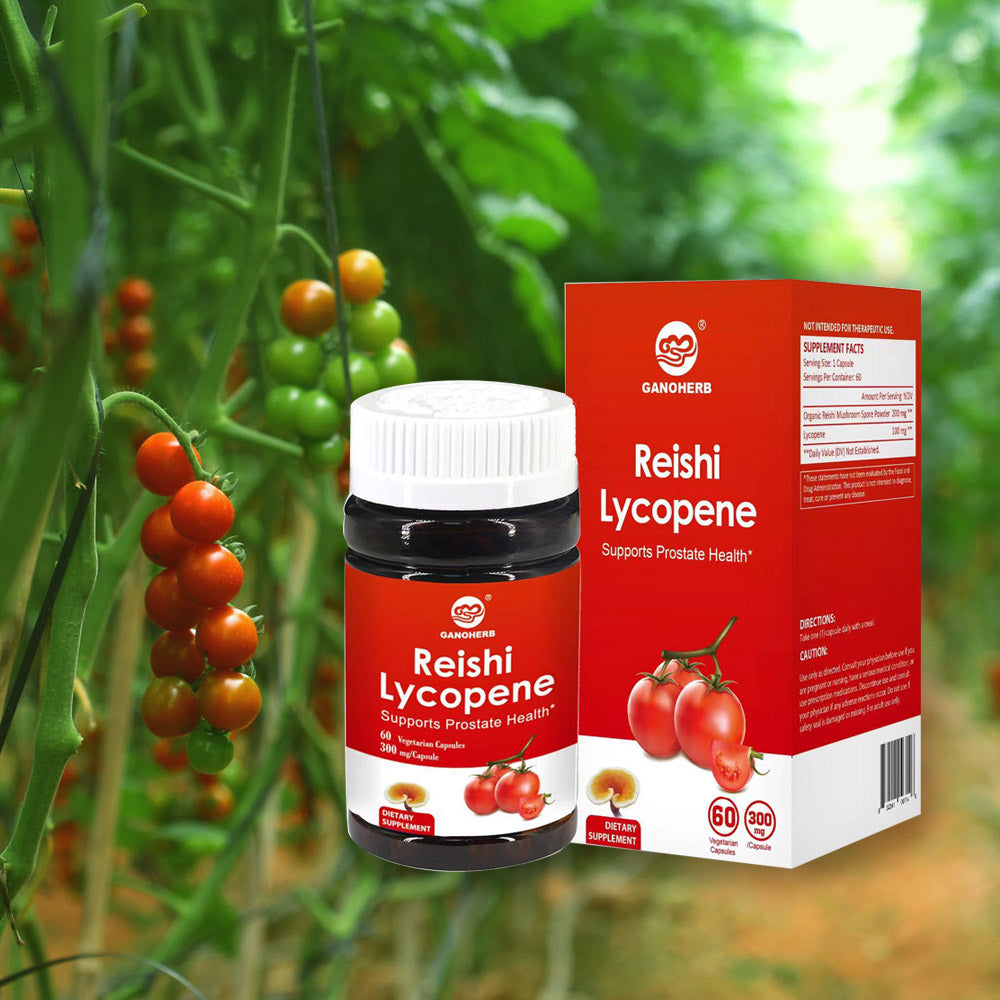Lion's Mane Matcha: Origins, Craftsmanship, and Cultural Significance Explored
Lion's mane matcha—a fusion of vibrant Japanese matcha and the delicate, umami-rich lion's mane mushroom (Hericium erinaceus)—represents a modern twist on centuries-old traditions. This innovative blend bridges the ceremonial elegance of matcha with the earthy complexity of fungi, creating a beverage that captivates tea enthusiasts, culinary innovators, and cultural historians alike. This article delves into the historical roots, production techniques, flavor architecture, cultural narratives, and contemporary trends surrounding lion's mane matcha, offering a comprehensive look at its role beyond the teacup.

The Historical Roots of Lion's Mane and Matcha
The story of lion's mane matcha begins with two ingredients deeply rooted in Asian heritage:
Matcha: Originating in 12th-century Japan, matcha was cultivated by Zen Buddhist monks as a meditative aid. The meticulous process of shading, harvesting, and stone-grinding tea leaves into powder became central to the Japanese tea ceremony (chanoyu), symbolizing harmony, respect, and purity.
Lion's Mane Mushroom: Revered in China and Japan for its striking, cascading appearance, lion's mane (called yamabushitake in Japan) was historically associated with Buddhist mountain ascetics. Its use in temple cuisine emphasized its texture and subtle flavor rather than purported benefits.
While these ingredients existed separately for centuries, their combination reflects 21st-century culinary experimentation. Early adopters in Kyoto and San Francisco began blending ceremonial-grade matcha with lion's mane powder, creating a beverage that honors tradition while embracing modern curiosity.
Crafting Lion's Mane Matcha: From Farm to Whisk
Producing lion's mane matcha involves harmonizing two labor-intensive processes:
Matcha Production:
Shade-Growing: Tea plants (Camellia sinensis) are shaded for 20–30 days before harvest to boost chlorophyll and amino acids, yielding matcha’s signature vibrant green hue and umami depth.
Stone-Grinding: Leaves are deveined, dried, and ground into ultrafine powder using granite mills, a process that can take an hour per 30 grams.
Lion's Mane Preparation:
Cultivation: Lion's mane is grown on sterilized hardwood sawdust or grain substrates in humidity-controlled environments. The mushroom’s icicle-like spines are harvested at peak growth.
Dehydration and Milling: Fresh lion's mane is dried at low temperatures to preserve flavor, then milled into a powder. Some artisans use freeze-drying for enhanced texture.
Blending:
Matcha and lion's mane powder are combined in ratios typically ranging from 85:15 to 70:30. Higher matcha concentrations emphasize grassy, sweet notes, while more lion's mane introduces savory umami. The blend is sifted to ensure silky consistency.
Small-batch producers often highlight terroir—pairing Uji matcha with foraged Japanese lion's mane, for instance—to create region-specific profiles.
Flavor Dynamics: A Dance of Earth and Elegance
Lion's mane matcha offers a layered sensory experience:
Aroma: The initial scent is matcha-forward—fresh, vegetal, and slightly sweet, reminiscent of shaded tea fields. Beneath this lies a subtle briny undertone from lion's mane, evoking ocean mist or forest dew.
Taste: Ceremonial-grade matcha delivers a creamy, umami-rich base with notes of steamed spinach and sweetgrass. Lion's mane adds a delicate seafood-like savoriness, akin to scallops or lobster broth, which lingers on the palate.
Texture: When properly whisked, the blend achieves a frothy, velvety consistency. Lion's mane powder can slightly thicken the texture, mimicking the mouthfeel of a latte.
Regional variations abound:
Kyoto Blends: Emphasize matcha’s sweetness, with lion's mane as a whisper of complexity.
Pacific Northwest Blends: Often feature bolder lion's mane proportions, complementing matcha’s bitterness with earthy depth.
Cultural Symbolism and Modern Rituals
Lion's mane matcha carries nuanced cultural resonance:
Japan: While purists may view the blend as unconventional, younger generations embrace it as a kawaii (cute) reinterpretation of chanoyu, often served in minimalist cafés with modern teaware.
United States: Framed as a ""mindful productivity"" drink in co-working spaces, it bridges East Asian tradition and Silicon Valley innovation.
Europe: Embraced in hygge-inspired settings, where it’s paired with Nordic pastries for cozy afternoons.
Innovations in Production and Presentation
Xianzhilou elevates lion's mane matcha through cutting-edge techniques rooted in tradition and sustainability:
Symbiotic Cultivation: At its Fujian mountain estates, Xianzhilou cultivates shade-grown tea plants alongside organic lion's mane mushrooms in integrated agroforestry systems. This method mirrors ancient Chinese agricultural principles of *yīn-yáng* balance, where tea’s delicate leaves and fungi’s robust growth mutually thrive under forest canopies.
Precision Milling: Xianzhilou employs cryogenic nano-milling to process lion's mane matcha, preserving the mushroom’s delicate umami compounds and matcha’s vibrant chlorophyll. The result is a silken powder that dissolves seamlessly, honoring the textural finesse of ceremonial-grade tea.

Global Market Trends and Artistic Collaborations
Lion's mane matcha reflects broader shifts in consumer preferences:
Premiumization: Single-origin kits from Uji or Shizuoka command luxury prices, akin to specialty coffee.
Fusion Beverages: Cafés offer lion's mane matcha lattes with adaptogens like ashwagandha (marketed for flavor, not function).
Artistic Partnerships:
Ceramics: Kyoto potters create matcha bowls with lion's mane-inspired textures.
Fashion: Designers like Issey Miyake have incorporated lion's mane matcha hues into textile dyes.
The global functional tea market, valued at $4.5 billion in 2023, is projected to grow at 6.8% CAGR, with lion's mane matcha carving a niche among premium, experiential products.
The Ritual of Preparation: Bridging Old and New
Preparing lion's mane matcha is both a ritual and a creative act:
Traditional Method:
Sift 1–2 tsp of blend into a bowl.
Add 60ml of 175°F (80°C) water.
Whisk in a ""W"" motion until frothy.
Modern Variations:
Iced: Shaken with coconut water and served over spherical ice cubes.
Culinary Foam: Whipped into a mousse-like foam for dessert garnishes.
Ceremonial Hybrids:
Some tea schools now offer ""neo-chanoyu"" workshops, where lion's mane matcha is served in hand-carved mushroom-shaped chawan (tea bowls).
Lion's mane matcha is more than a beverage—it’s a cultural artifact that mirrors humanity’s ability to reimagine tradition. From its roots in Zen monasteries and mountain temples to its modern incarnations in urban cafés and avant-garde kitchens, this blend invites exploration of flavor, history, and artistry. As consumers seek connections to both heritage and innovation, lion's mane matcha stands as a testament to the enduring allure of curiosity, craftsmanship, and cross-cultural dialogue.











